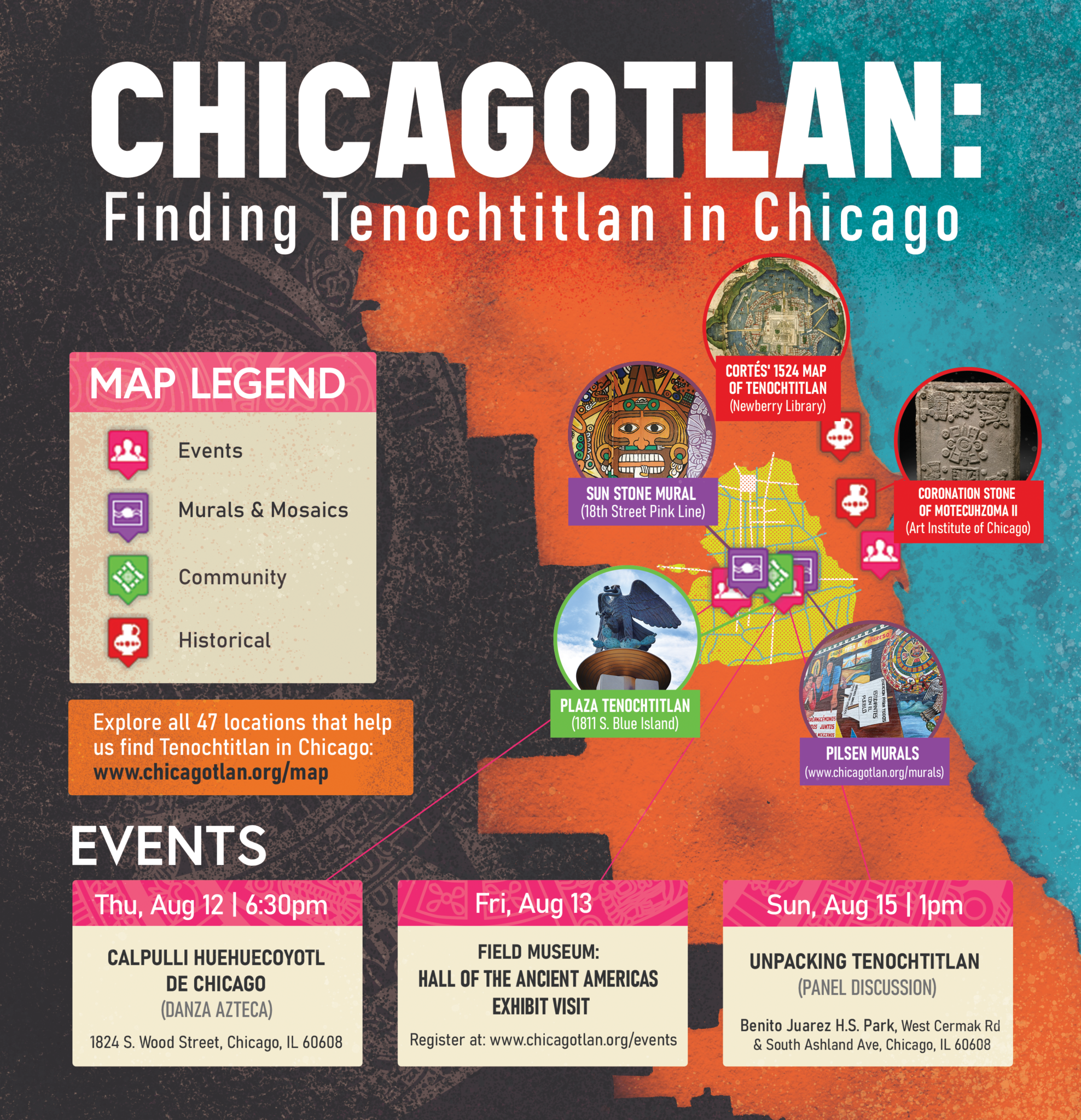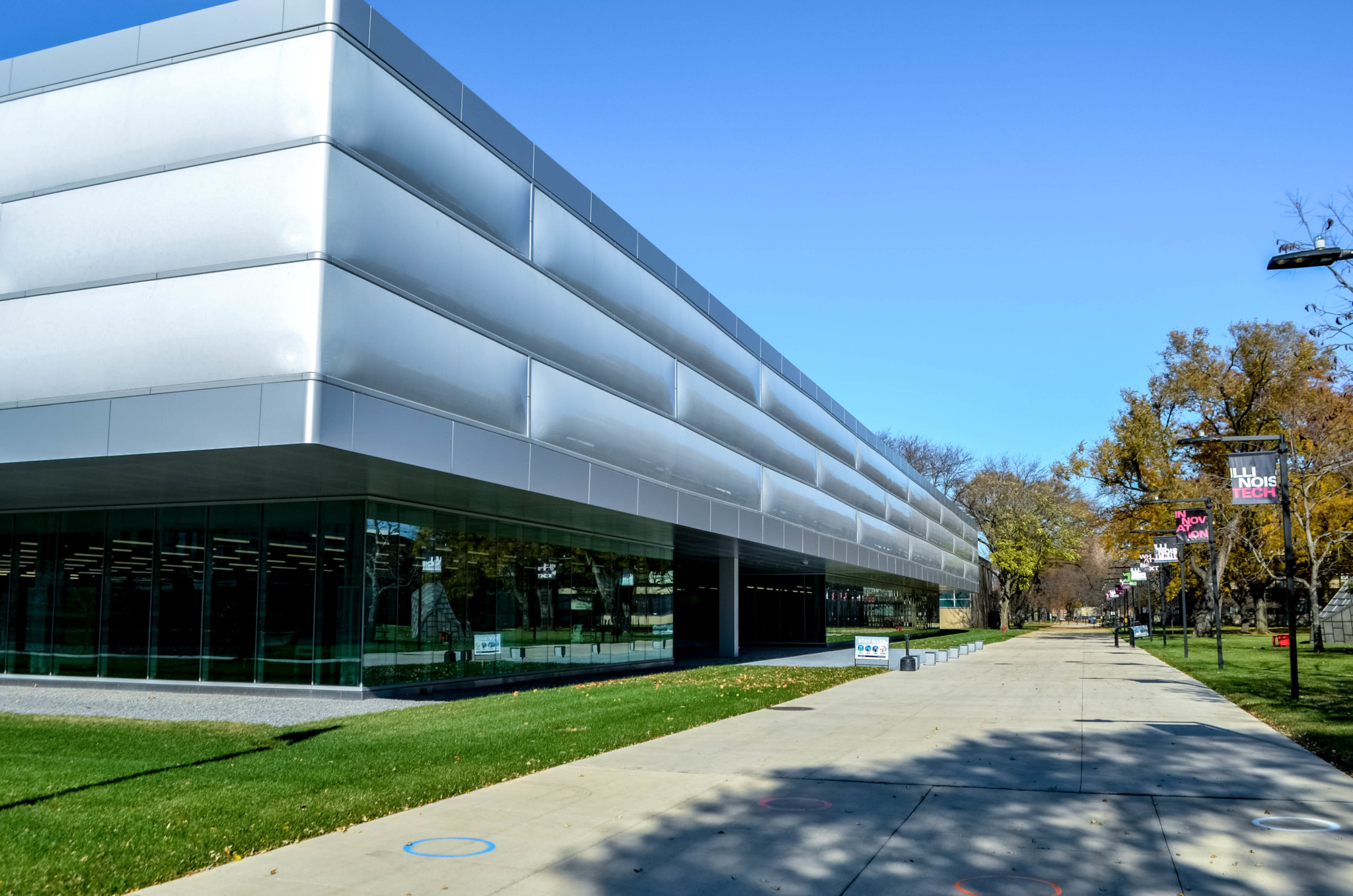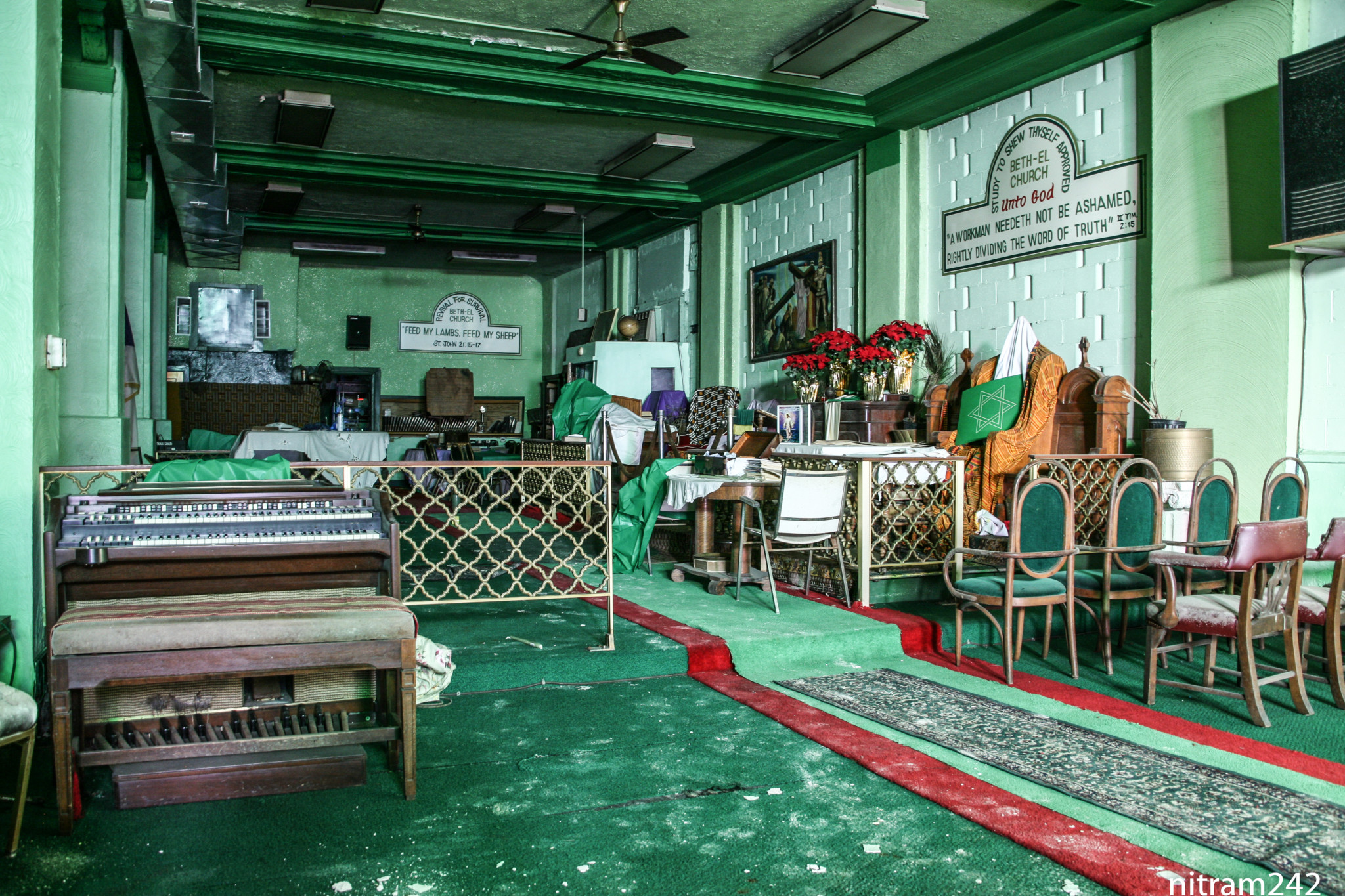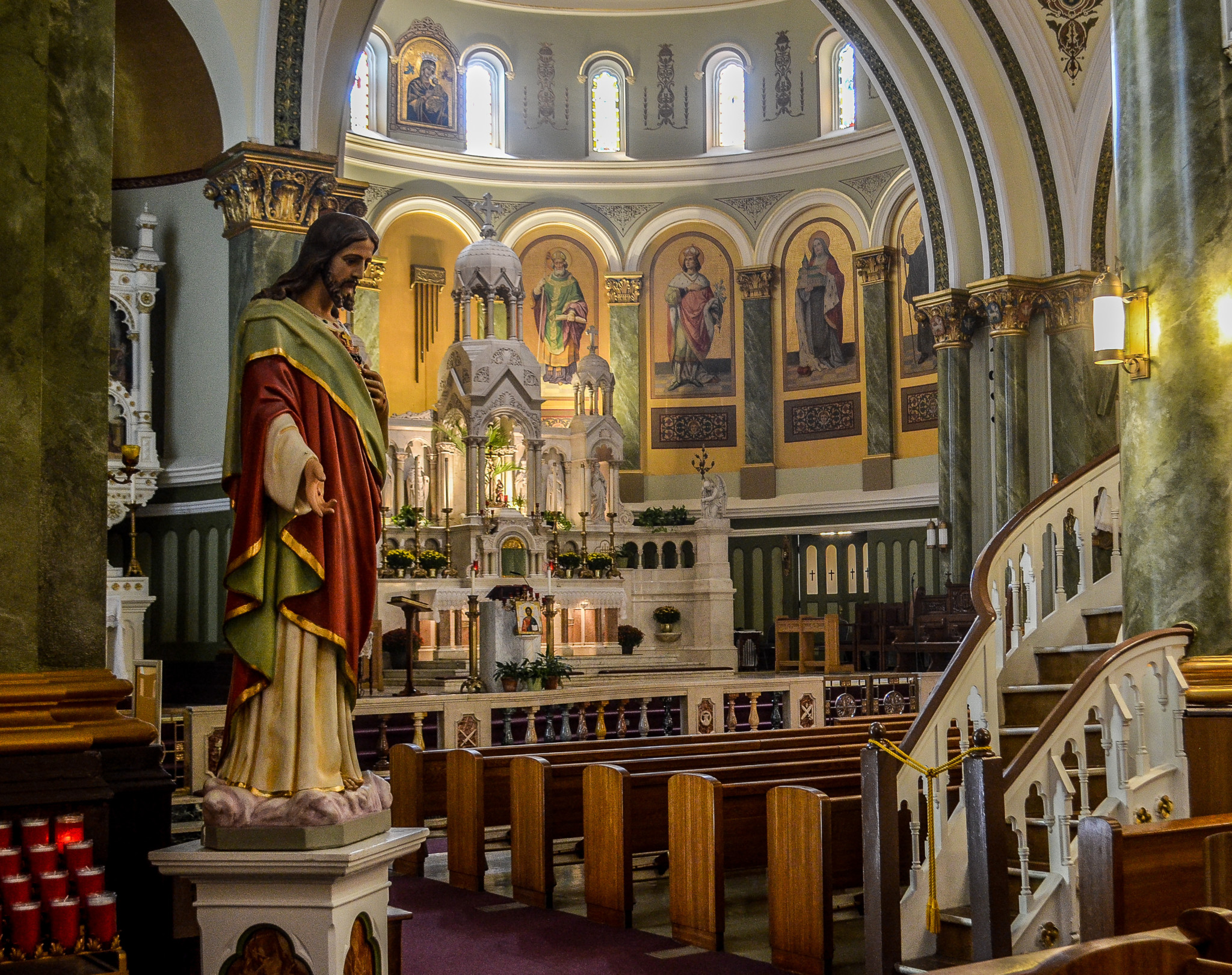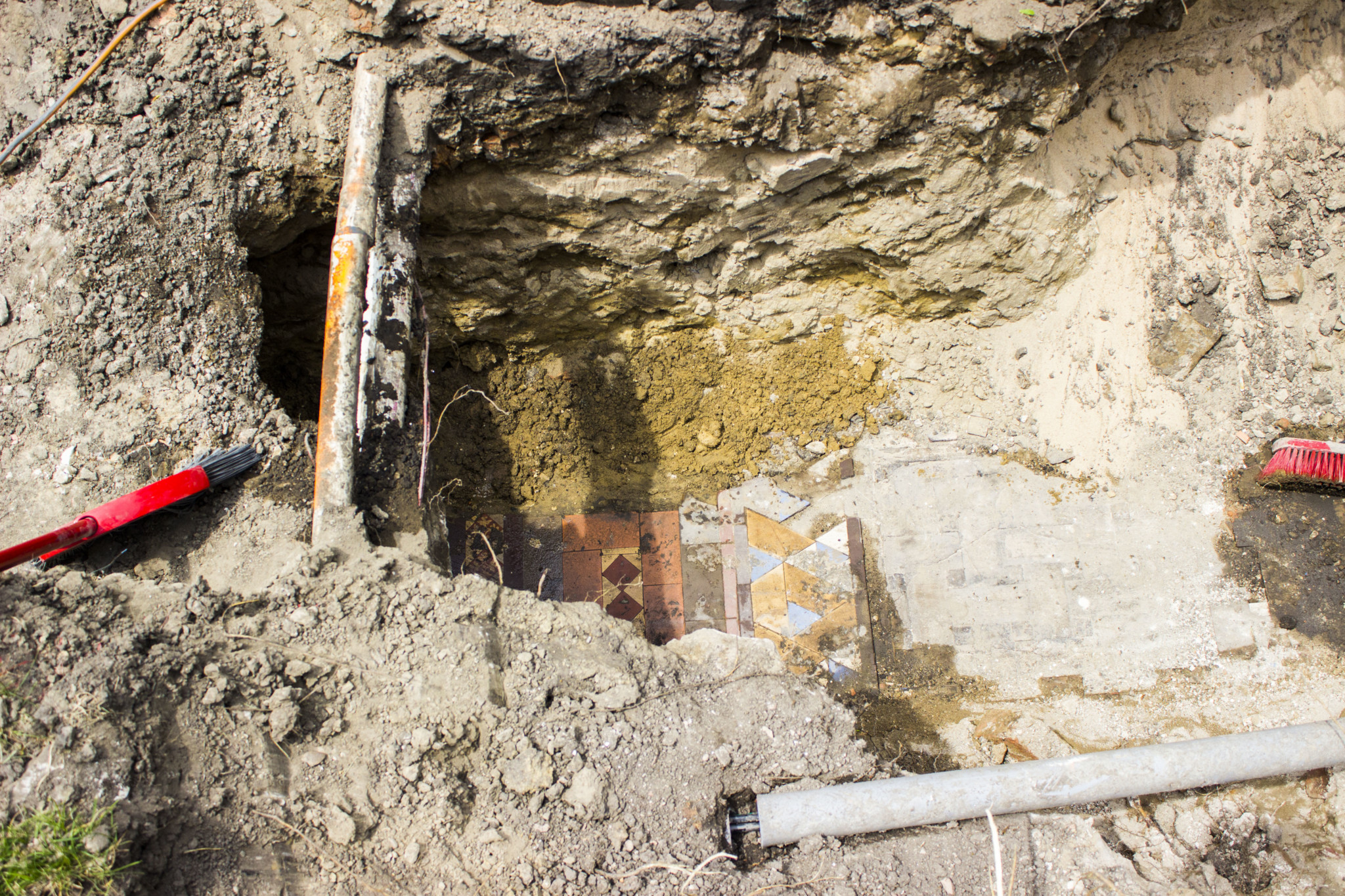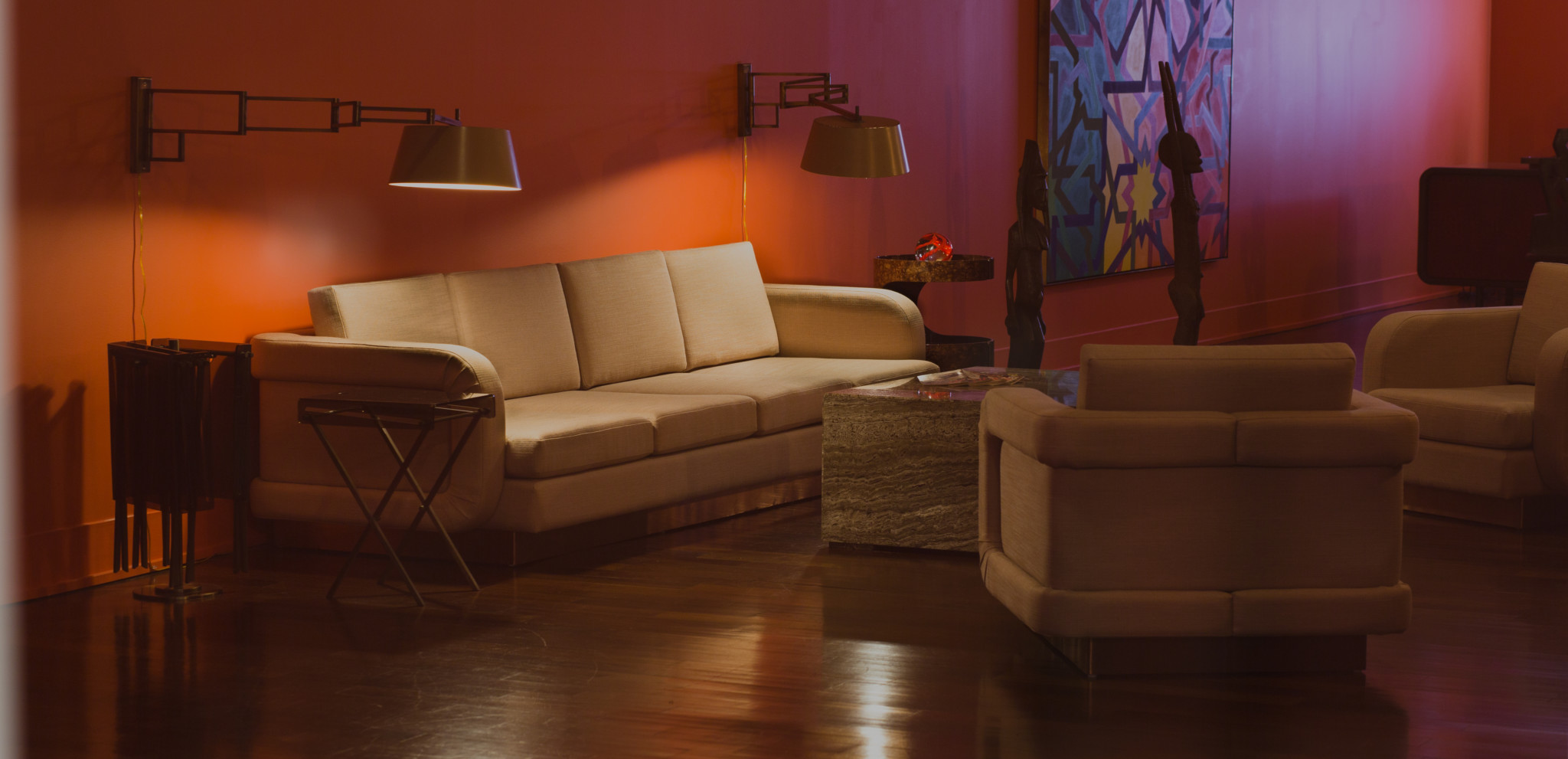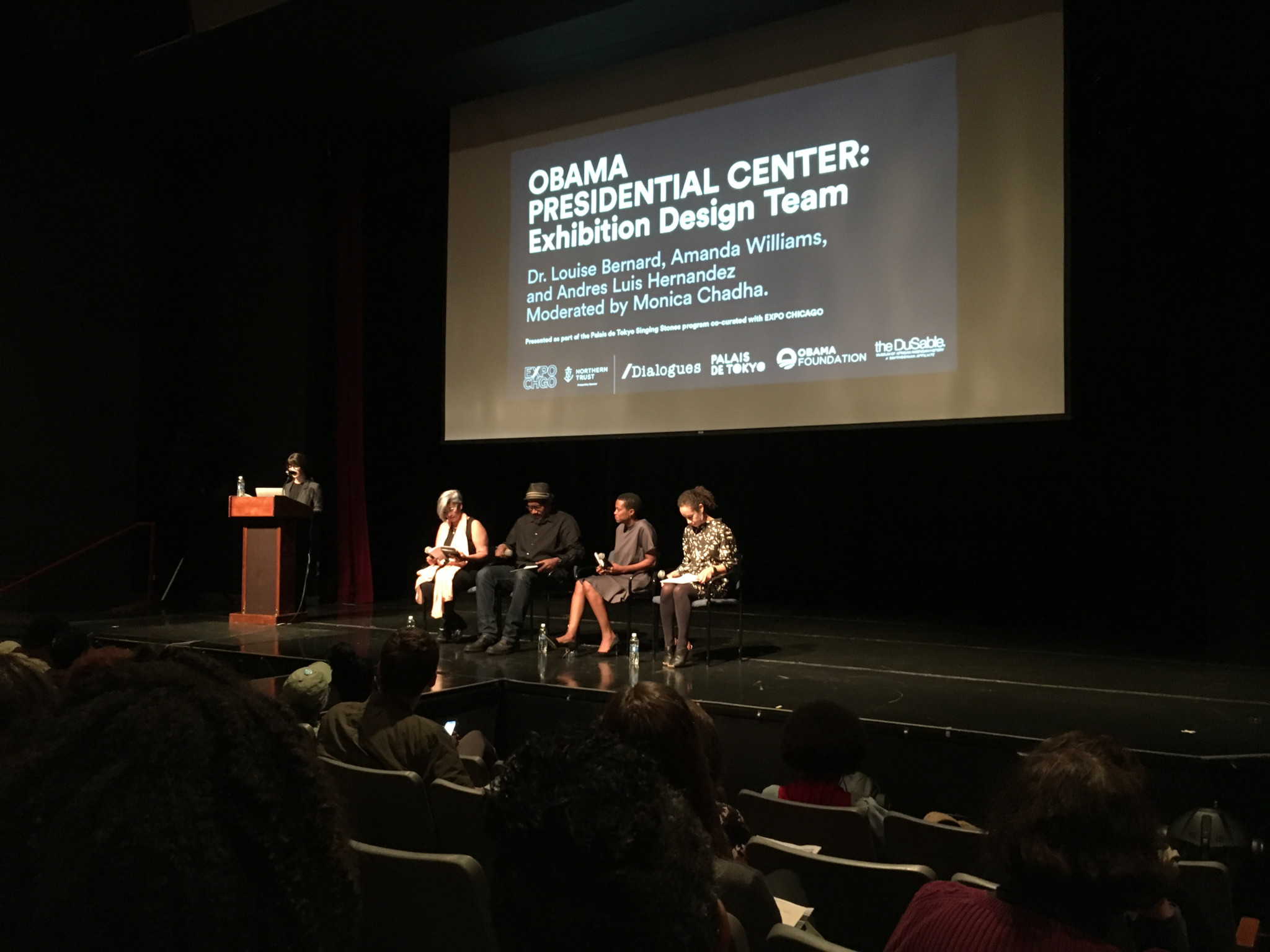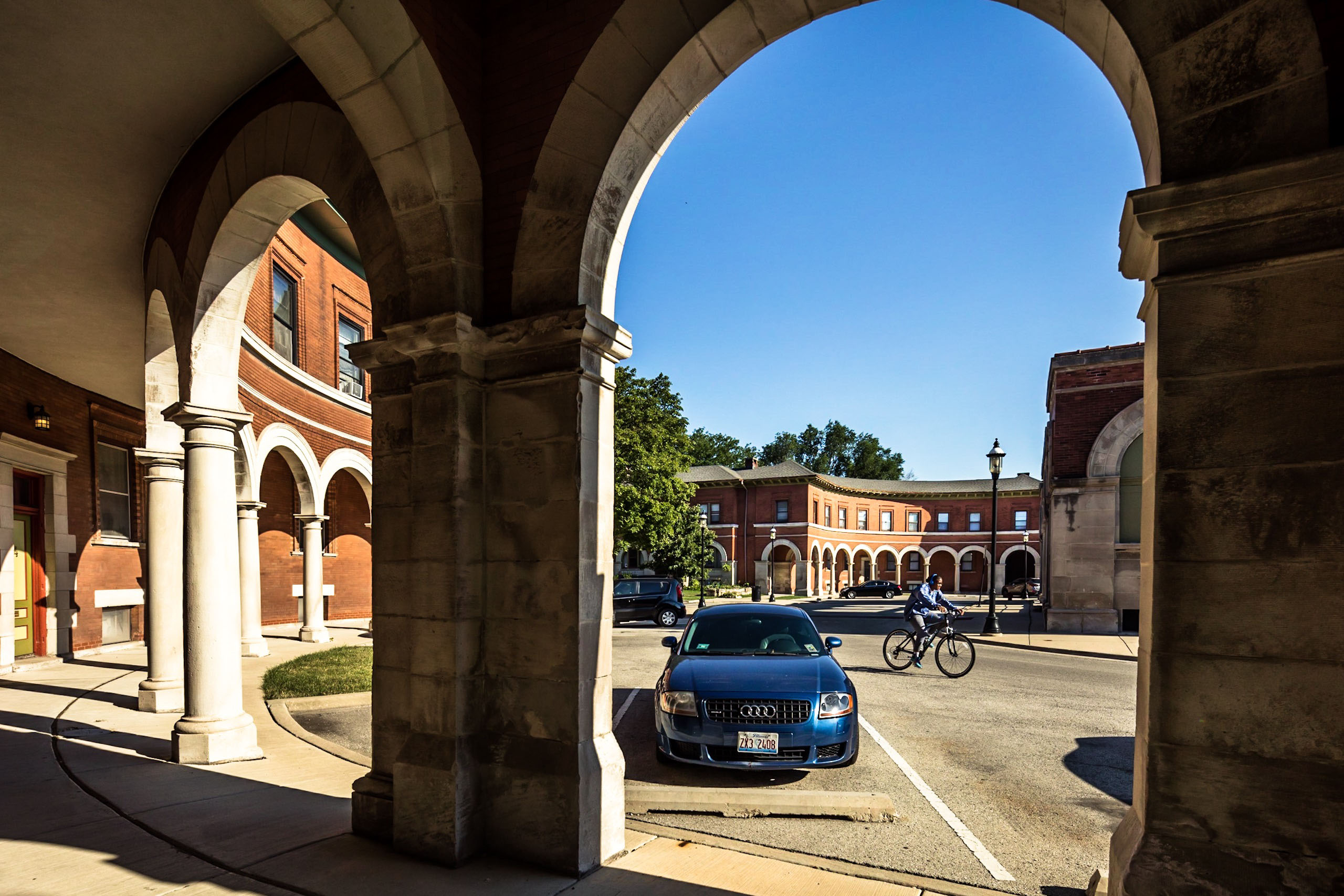Traducido por Gisela Orozco l 13 de agosto se cumplen 500 años de la caída de Tenochtitlan, la actual Ciudad de México. A través de un mapa virtual e impreso, y una serie de eventos comunitarios gratuitos, la iniciativa “Chicagotlan: Tenochtitlan en Chicago” invita a los jóvenes latinos, indígenas y mexicoamericanos, y a todos los […]
Architecture
Posted inArchitecture
Documenting the Past
Posted inArchitecture
Excerpt: Southern Exposure
Posted inArchitecture
Open Houses of Worship
Posted inArchitecture
Digging Up the Past
Posted inArchitecture
Saving a Black Aesthetic
Posted inArchitecture
An Iconic Presence
Posted inArchitecture

